
Project description:
The site for Women Empowerment Shelter, by Studio PPBA, is situated in a water scarcity zone that struggles for every drop of water. Consciously, the entire design approach was all about saving, stocking up, and increasing the water table level.
Located in a small village, Loni, in the district of Bijapur, Karnataka, the site is surrounded by vacant land on all three sides and the main road on the east. The topography had a slope inward of around 2.0 m from the roadside. The building orientation is kept north-south. The site is very tight compared to the design programme.
Design Program:
India has long been plagued with issues related to gender inequality. Women, especially in rural areas, are often deprived of basic rights and opportunities to thrive. Empowering women in these areas can provide essential benefits to both their families and communities.
An idea shaped to build a place to accommodate destitute and women in need under a shelter that will help them to grow and nurture with pride and respect. Accomplishing this thought in a remote village called Loni, located towards the north of Bijapur, which is geographically a dry and arid zone.
The Empowerment shelter is a planned, environment-friendly, multi-use facility that will become a support mechanism for the education of women and the support and advancement of the community in the region. It is envisioned as a part community gathering space, part education centre, as well as a shelter for the deprived where women can train and learn new skills, and use services to find employment or start their own businesses.
The design brief demanded to hold 150 destitute women and girls with the allied staff, which comprised of 35 more occupants.
Process:
The grid of 200 x 1500 x 200 mm was developed as a space module that can be multiplied and expanded according to space necessity. The internal road is strategically placed on the north side so that it is shaded throughout the day with the structure acting as a screen. The space diagram was framed with public activities on the north; accommodation and welfare activities included the production unit, learning centres, etc., which are placed centrally. The service core sits on the south. Wind shafts are strategically located to bring in light and help exhaust hot air, keeping the interiors cooler.
The natural sloping topography allowed us to construct an underground water tank instead of filling the entire plinth. The stored rainwater will take care of the drinking purpose. Being acknowledged with the water scarcity, the building harvests rainwater from the roof’s spine through water channels designed on the façade that lead water into an underground water tank through the de-silting chambers.
The black water goes into the biogas plant, which then connects to the underground tanks of 20,000 litres. This water is used for plantations and community farming purposes.
Water from kitchen and utility areas makes its way into the grease and oil trap tank and further filters through the root zone beds and rests in the recharge pits & bore wells to reuse.
To encourage the notion of recycling and reusing the available resources, various self-sustainable techniques, such as a biogas plant for generating the gas for cooking, are constructed. Compost pits for organic manure are implemented on site, which is used for the community farmland created. These chores are remarkably taken care of by the women staying there.
Respecting the natural topography and context, the overall site development is carefully addressed in terms of levels. An open stepped seating is developed in the existing contour as a cultural and social gathering space. The landscape is kept subtle and true to its native. Mostly the site is planted with local trees such as neem, mango, tamarind, and other flowering trees that are self-sustaining in the dry climate.
We have adopted a participation method of construction that would promote sustainable development and produce social, economic, and cultural infrastructure. The walls are composite masonry made with the local basalt stone, which helps in heat reduction and maintains a comfortable environment inside. The construction techniques and materials are local and based on traditional techniques to minimize the need for external construction expertise and excessive transportation costs. The program defined was based on the activity and to create a pleasing environment so that the women from different origins can cope with the trauma in the past and start a new journey.
The entire building and the campus are designed to celebrate water and its conscious usage through recycling to the fullest. It is a foundational step to ensure a self-sustaining approach that cares for the needs of the day.
The centre is looked after by Maher Trust, an NGO, and will contribute to the professional and personal development of the young generation and the creative community.
Gallery:

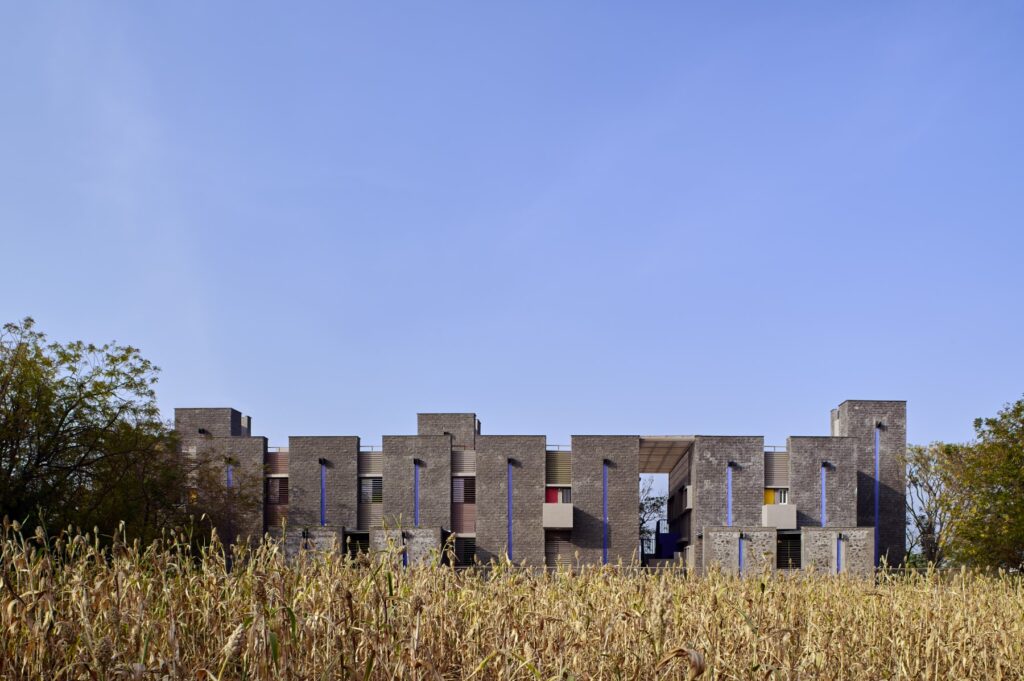
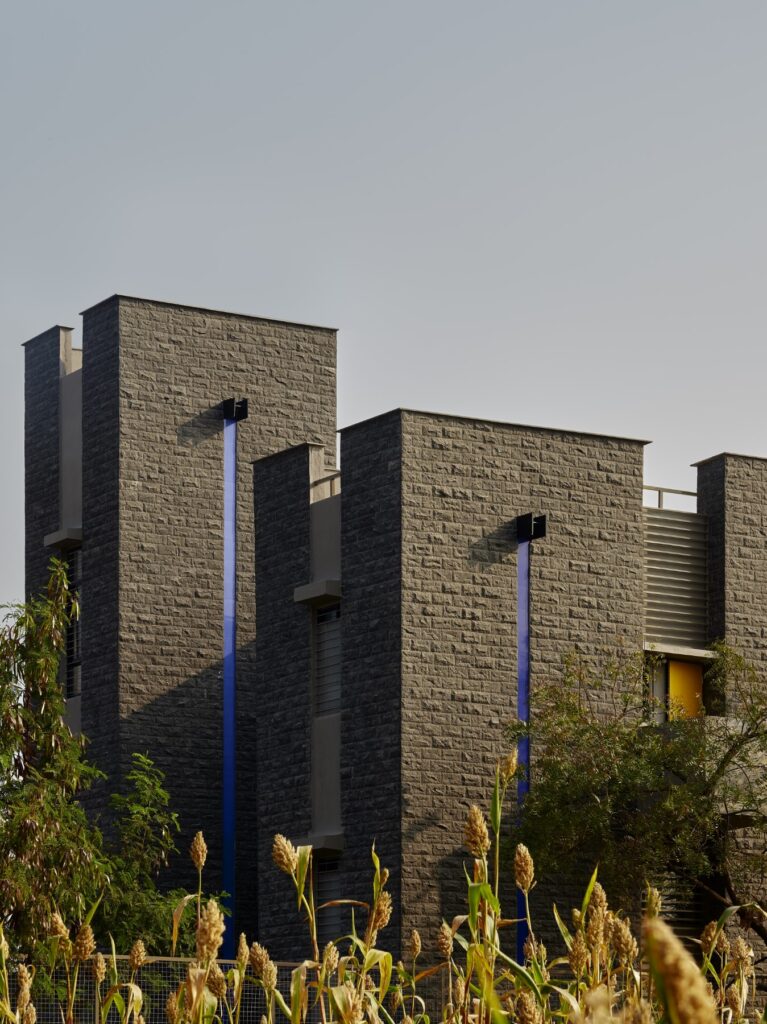
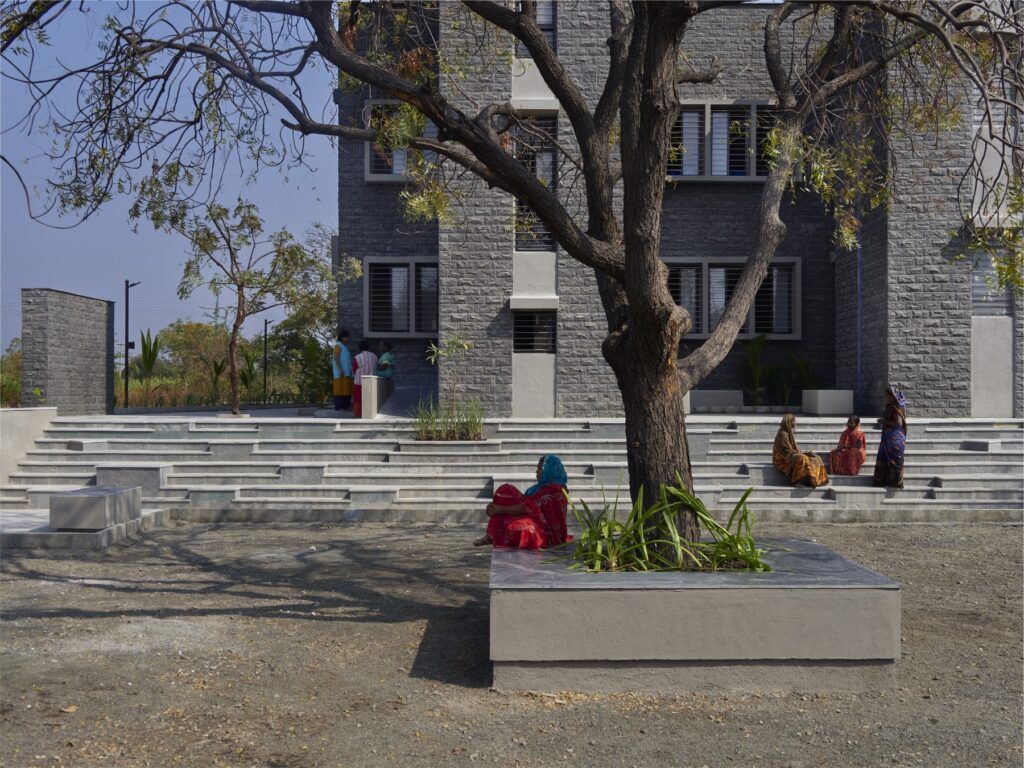


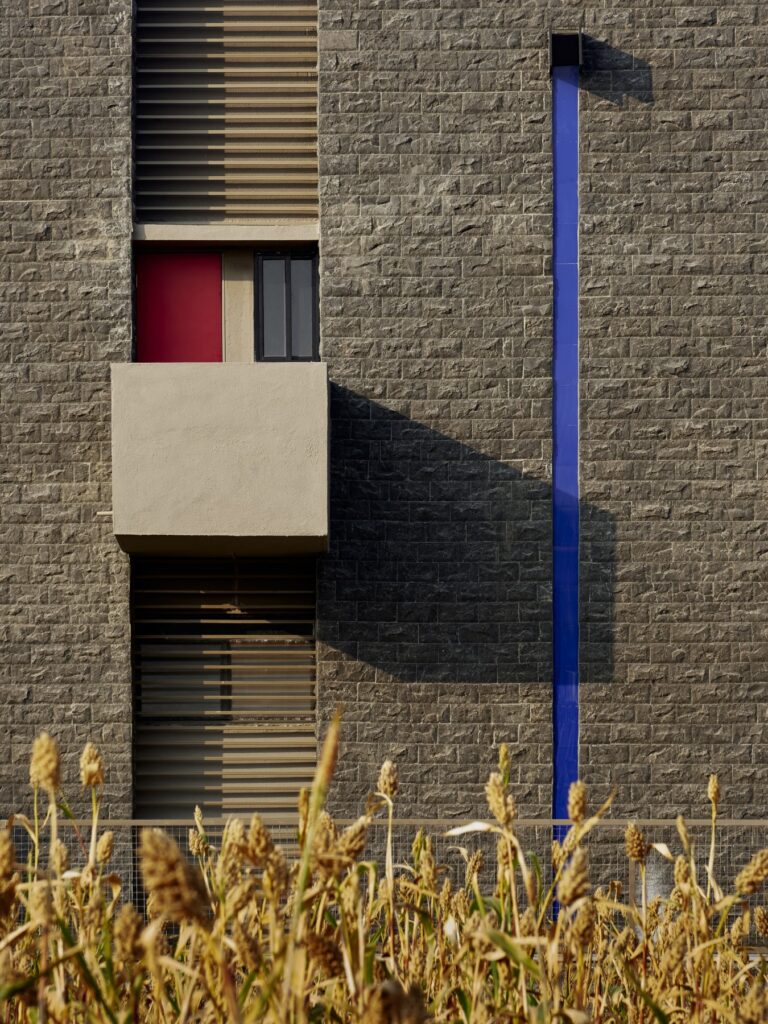
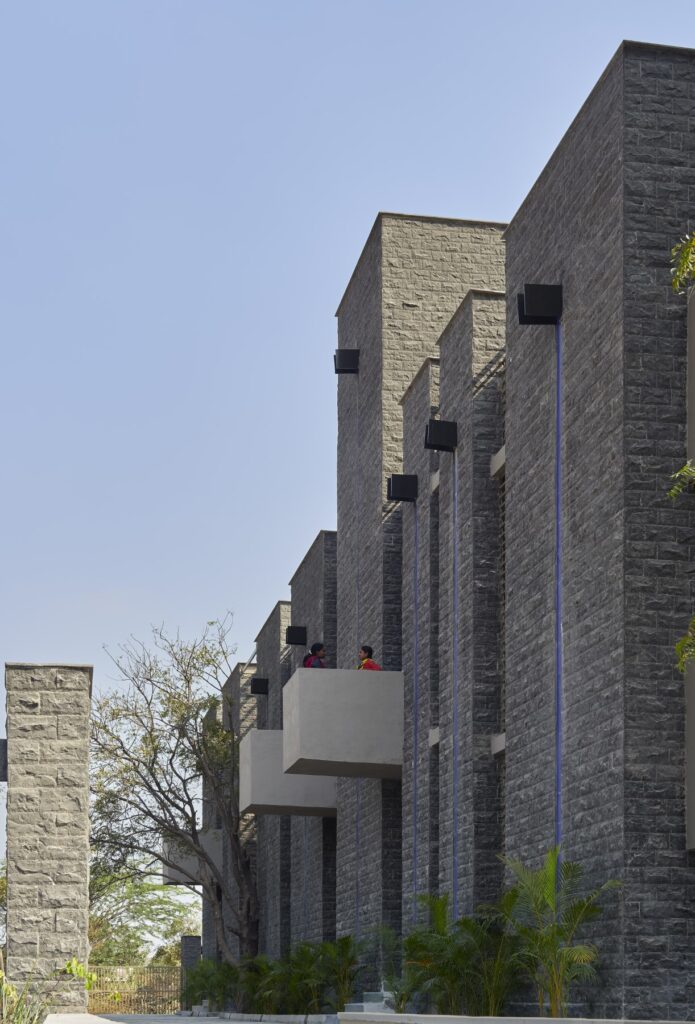
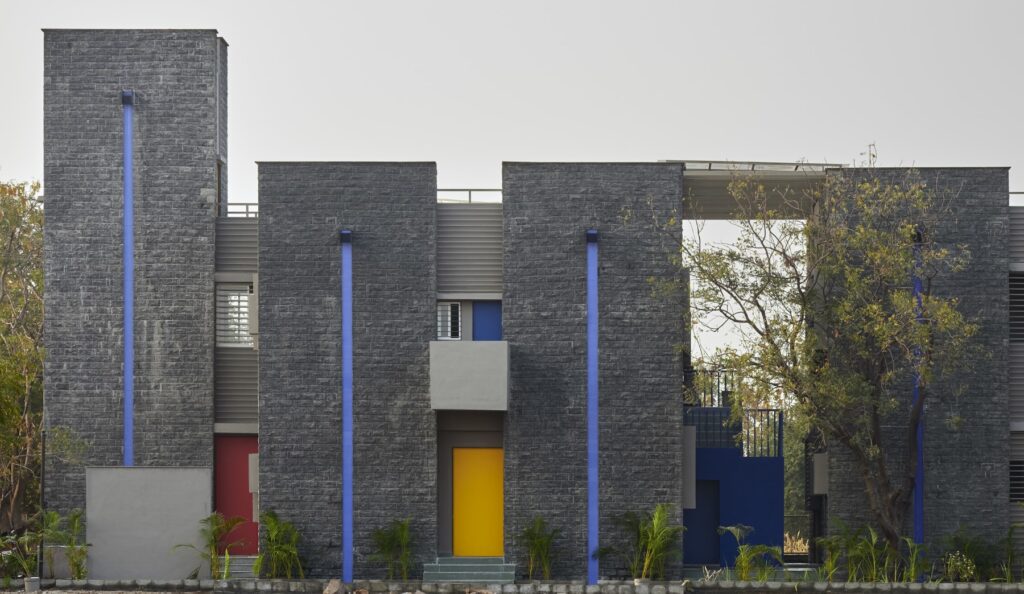
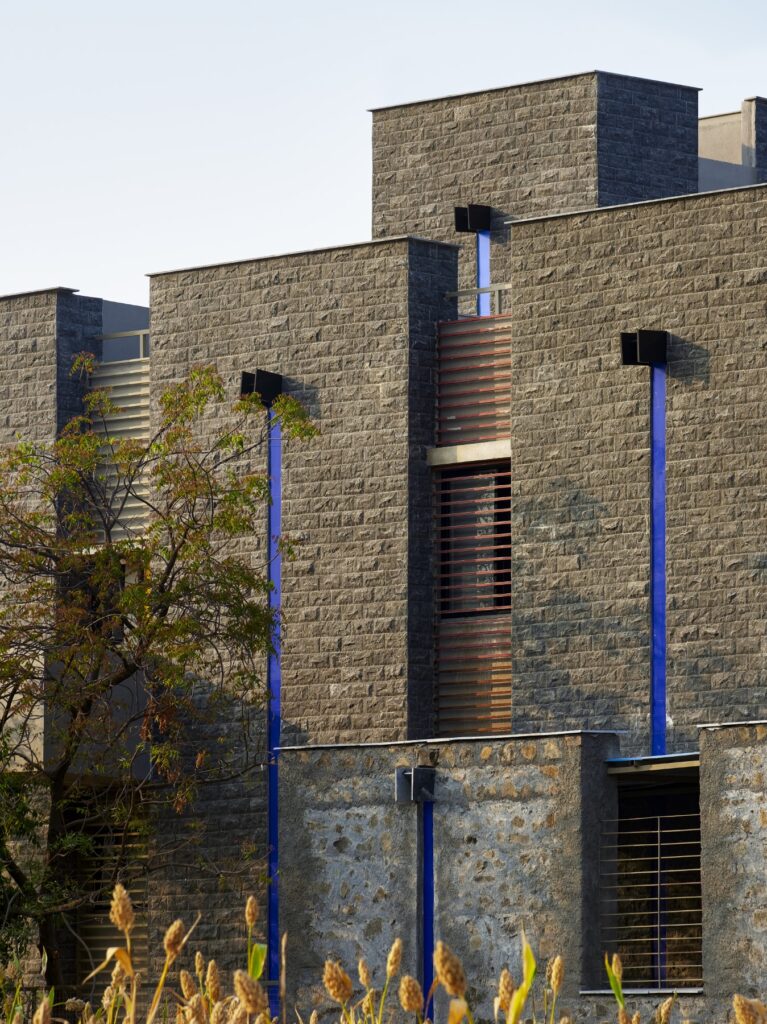
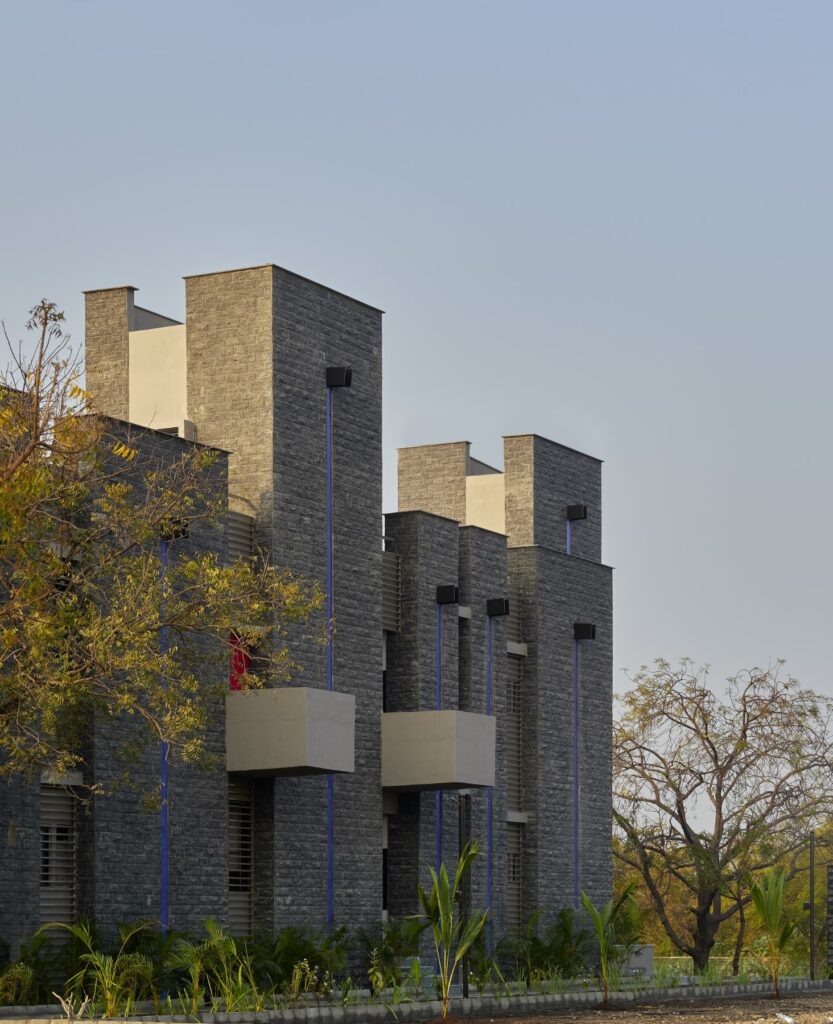
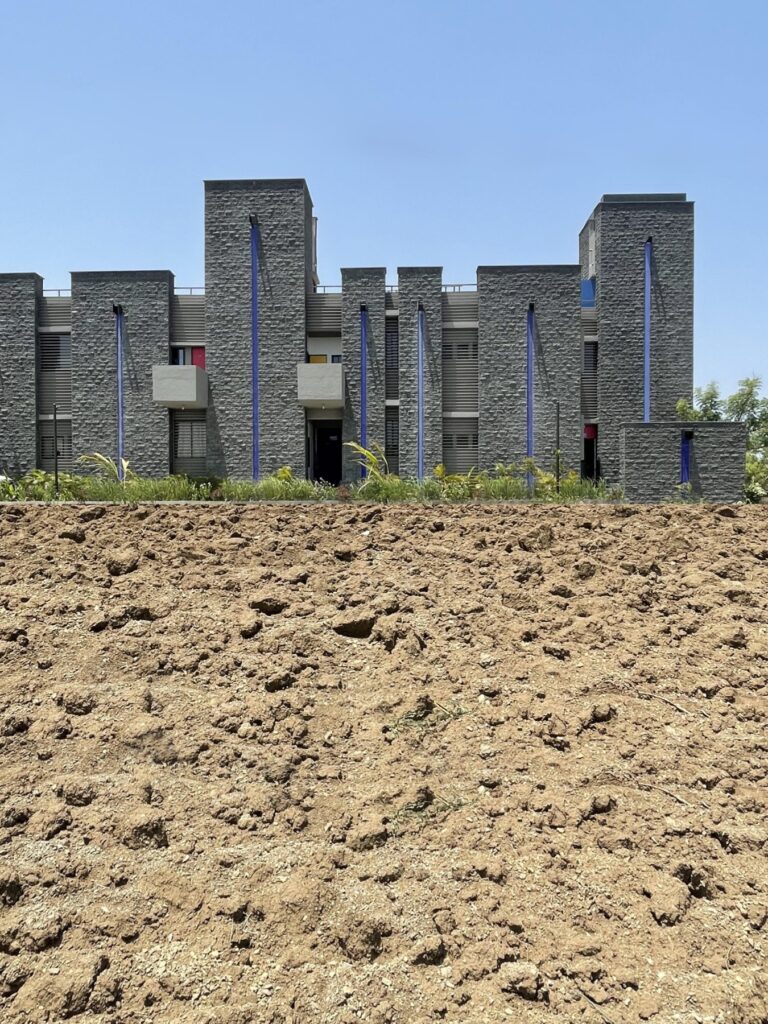

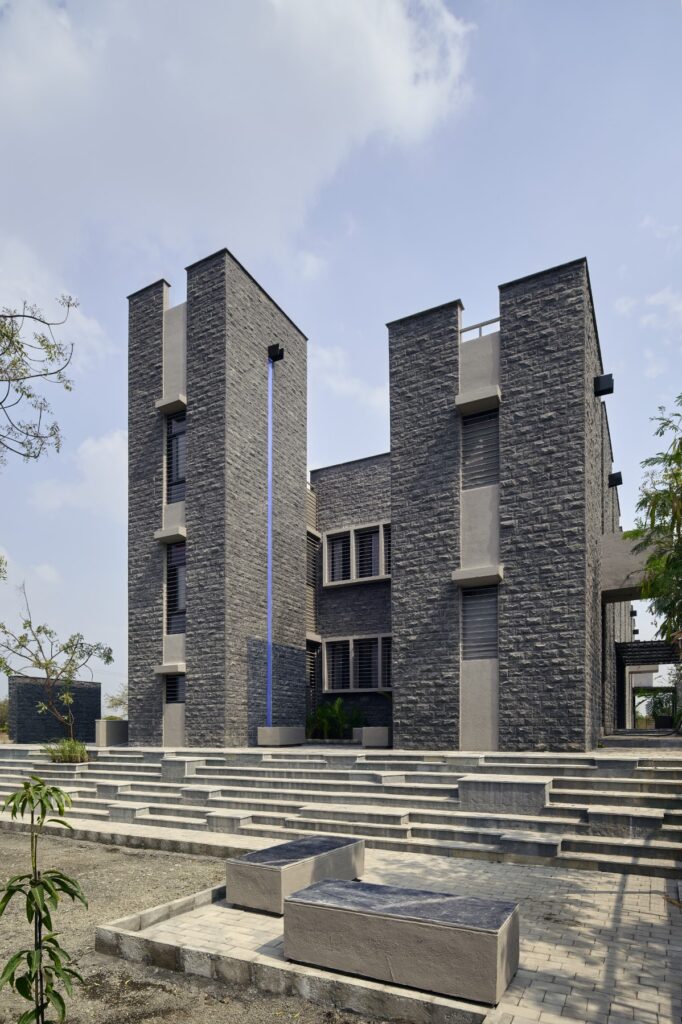
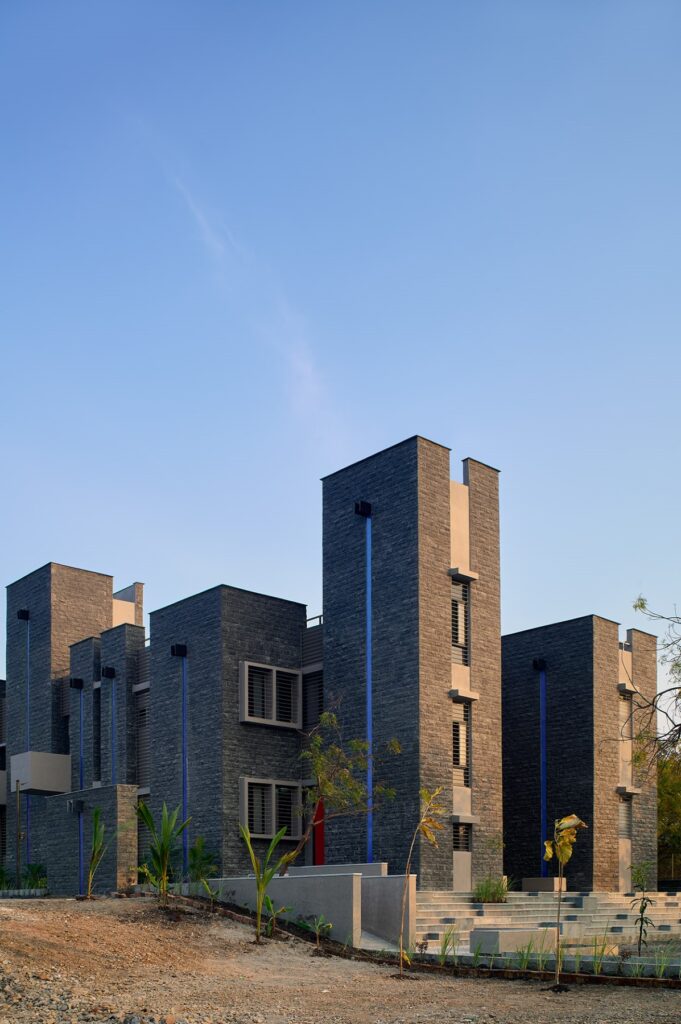

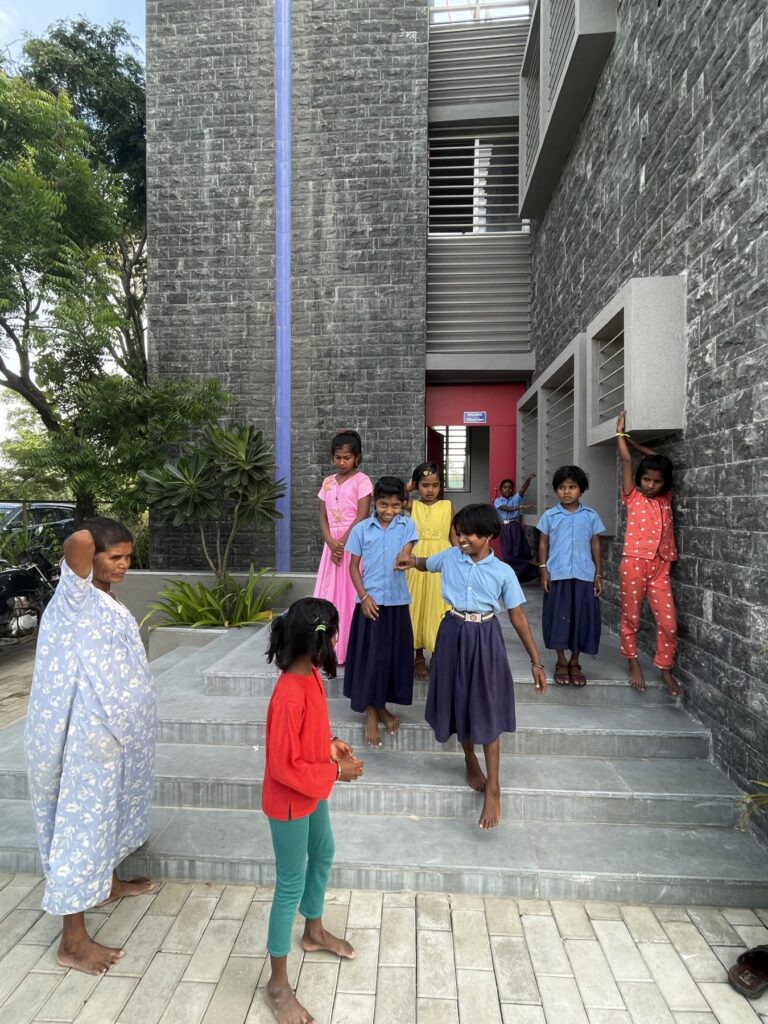
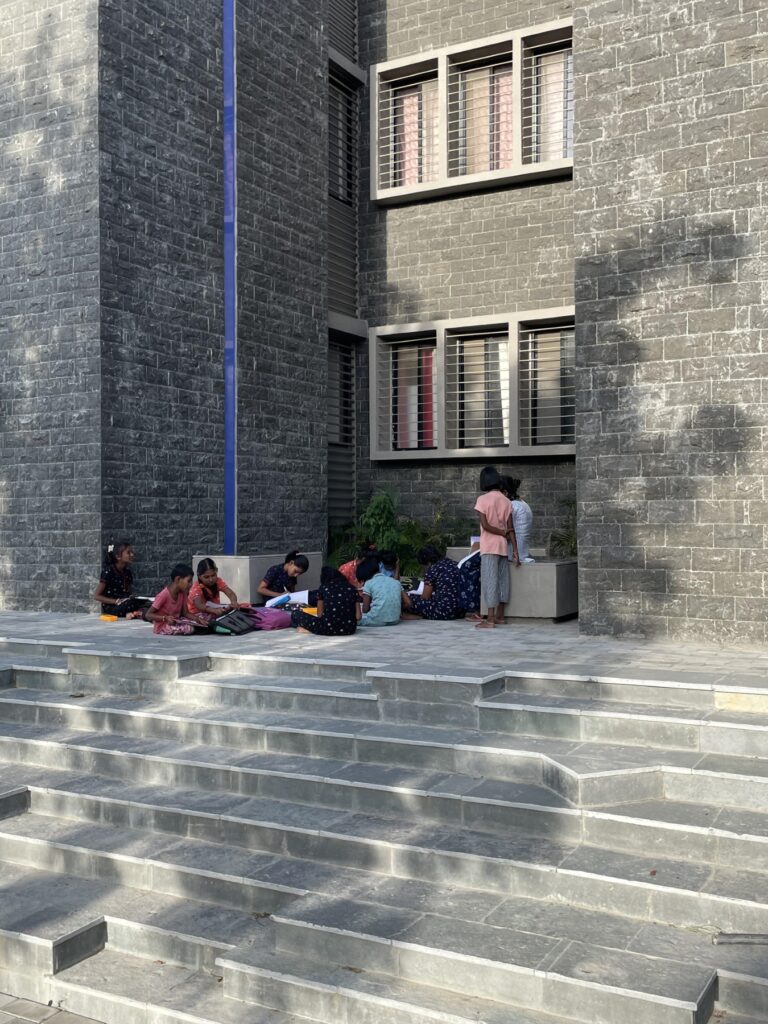
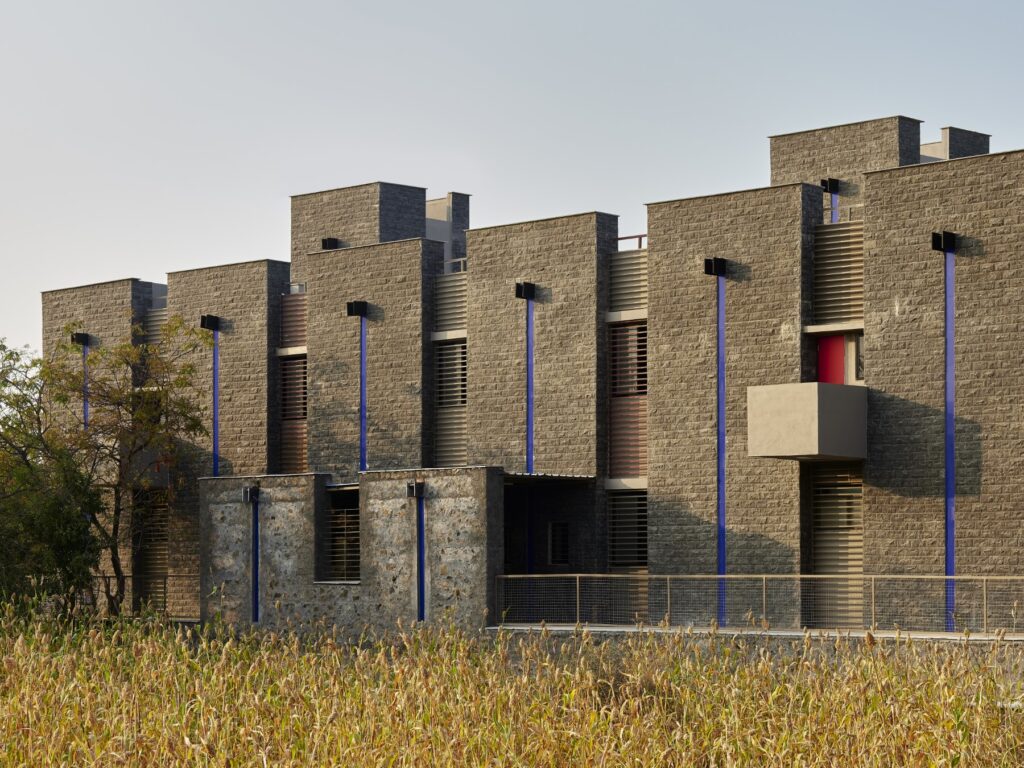

Drawings:

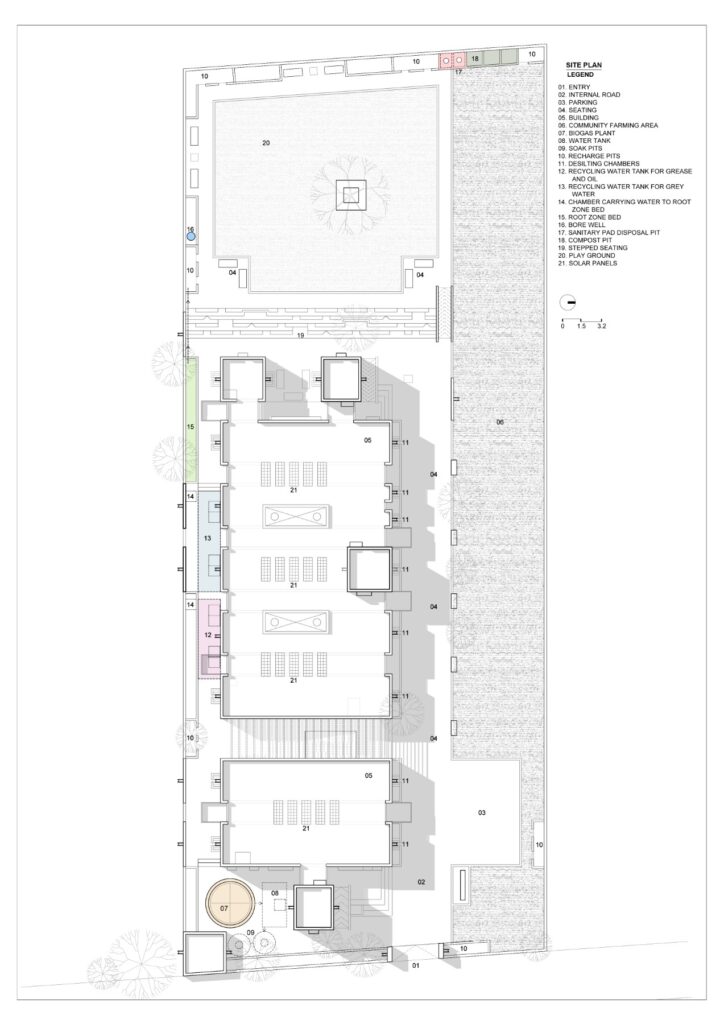
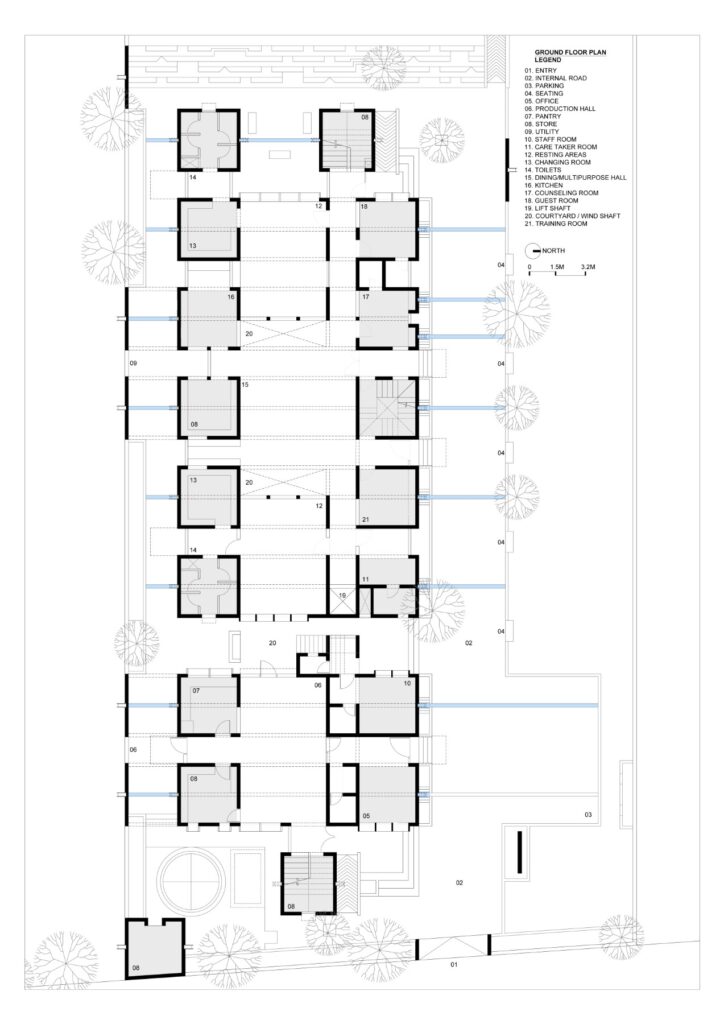
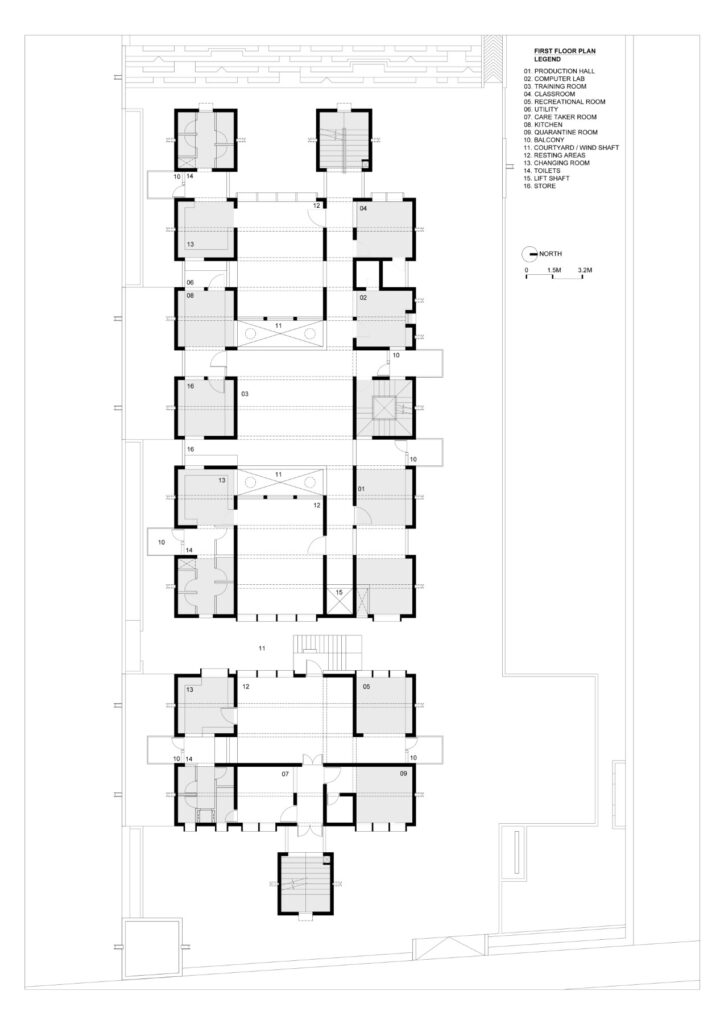
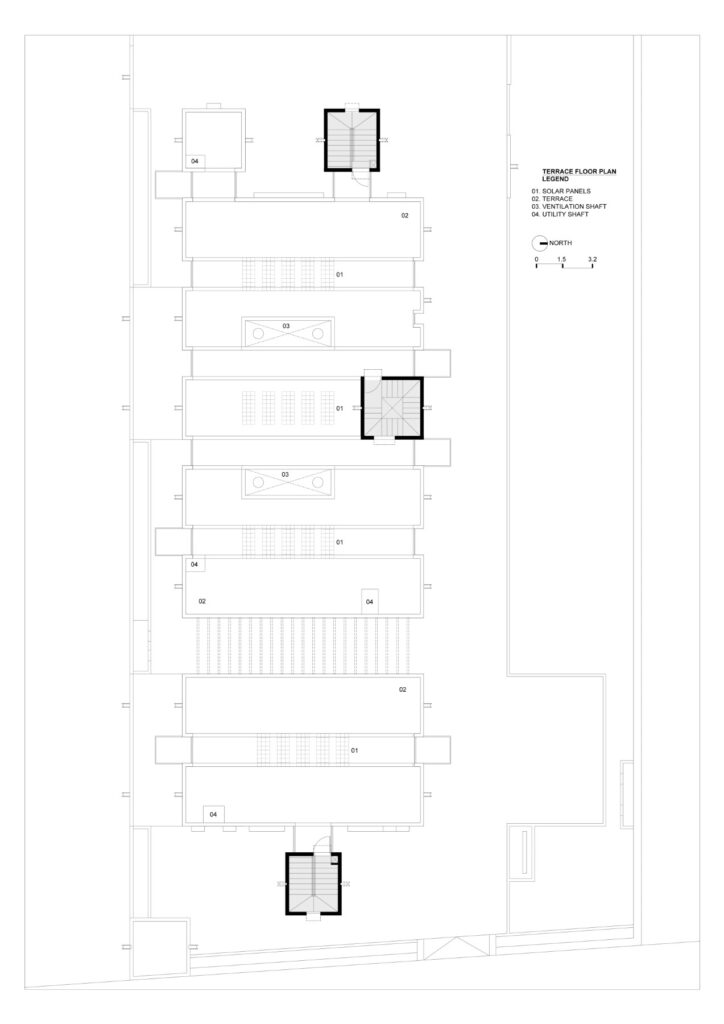
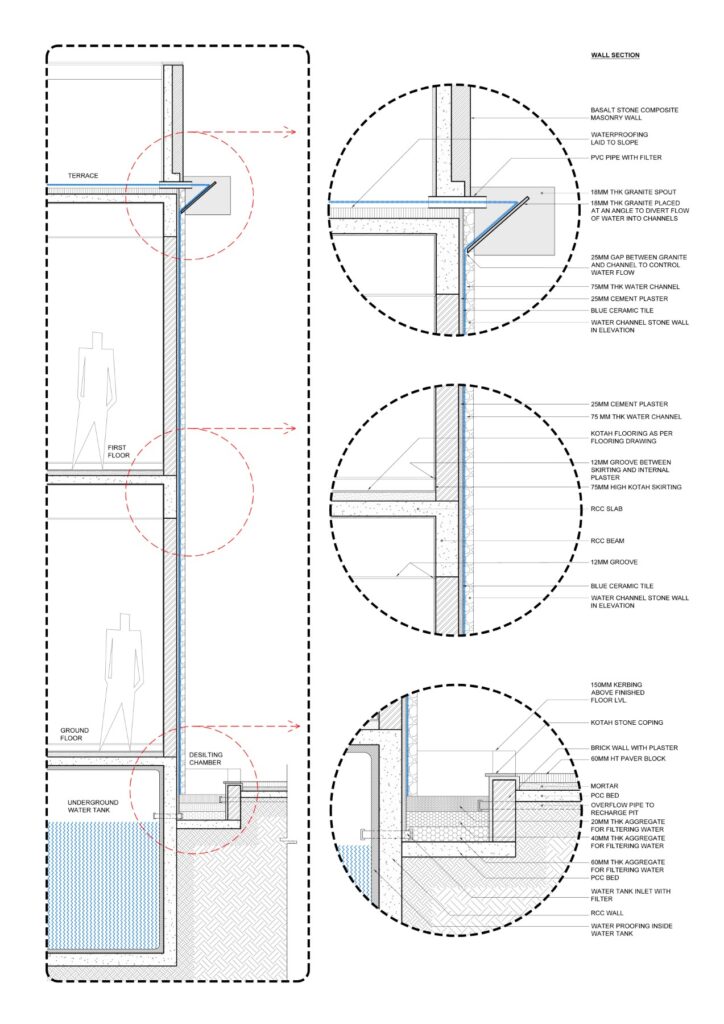
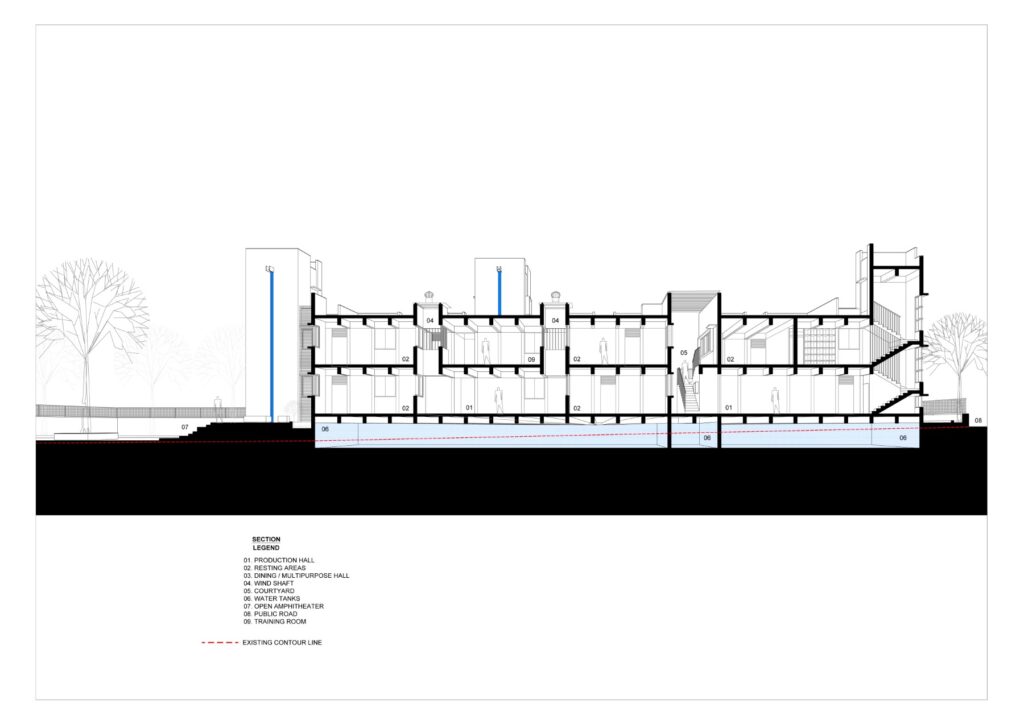
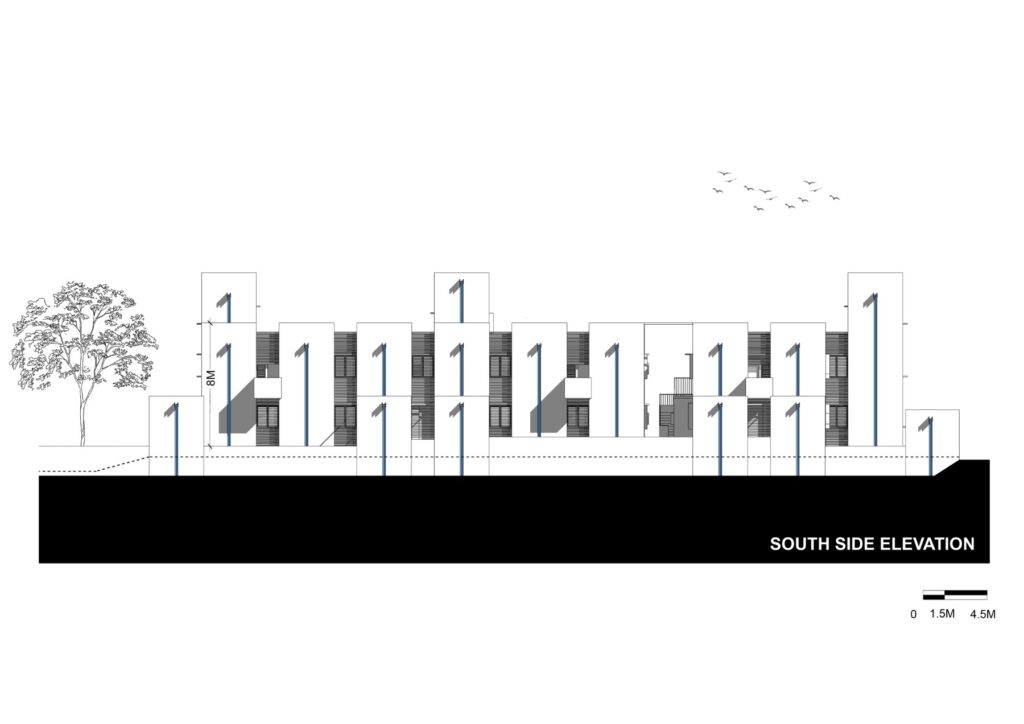
Project Details:
Name: Women Empowerment Shelter
Location: Loni, Bijapur, Karnataka, India
Status: Built (2022)
Area: 1900 sq. m.
Typology: Residential Architecture – Shelter Housing
Designed by: Studio PPBA
Design Team: Shubhankar Joshi, Sakshi Chodankar, Priyank B, Dhara N, Pankaj Bhagwatkar, Pallavi Arwade
Client: Misereor, Indienhilfe e.V
Civil Contractor: Sanjay Padwal
Structural Consultant: Swapnil Bhawsar
Description: Studio PPBA
Photographs: Hemant Patil







